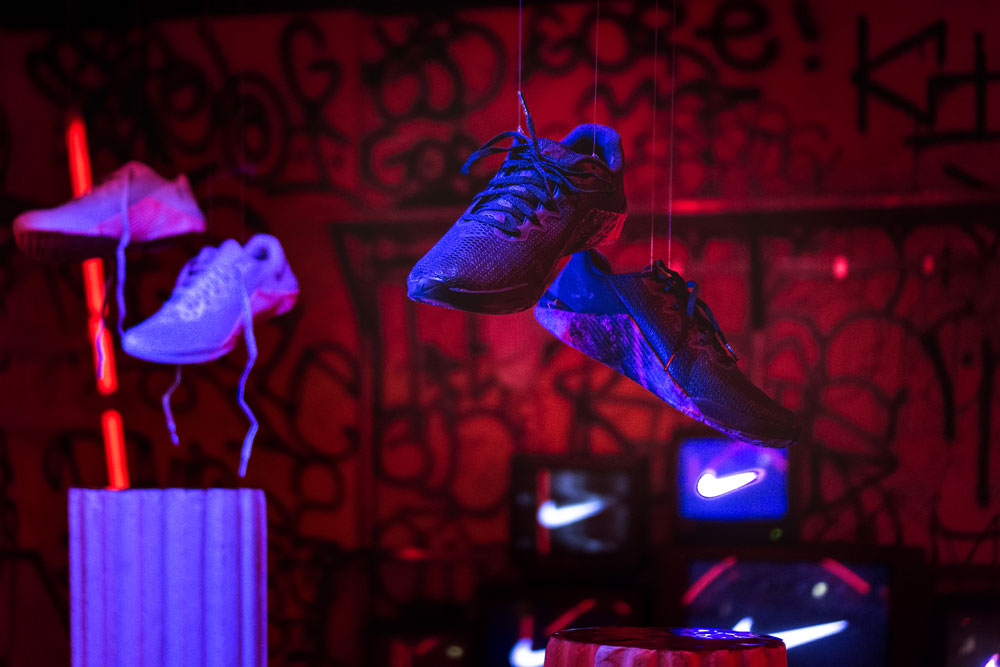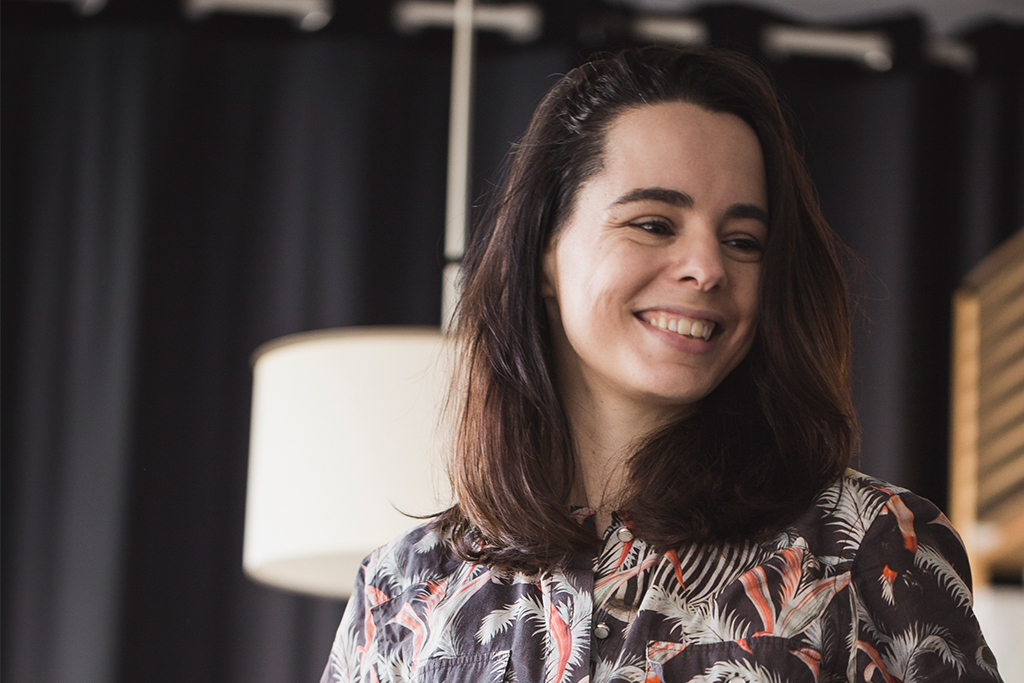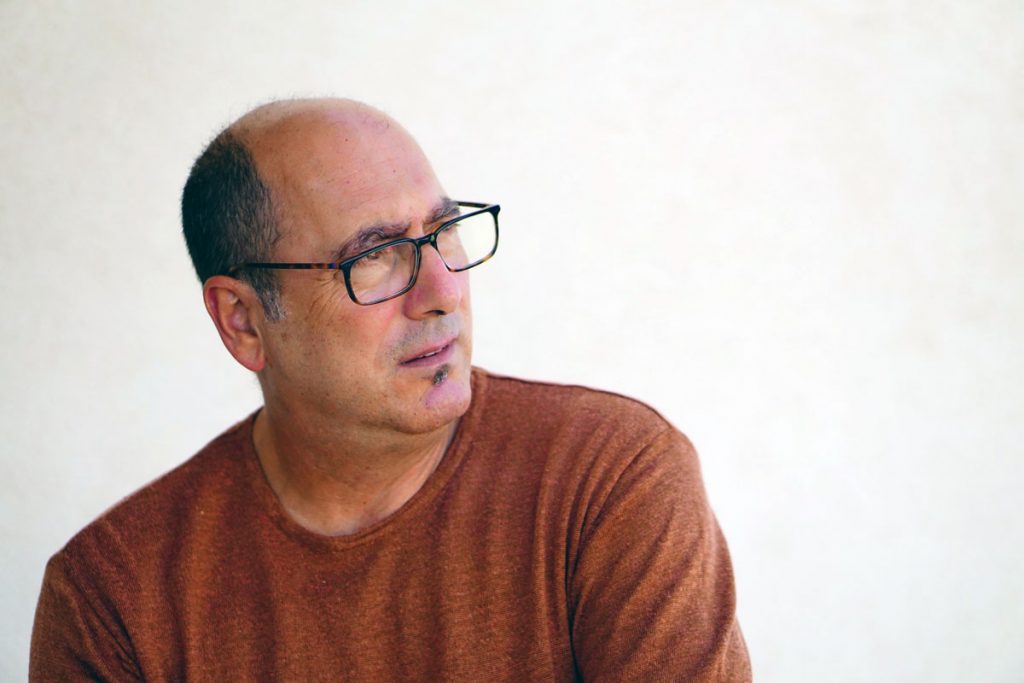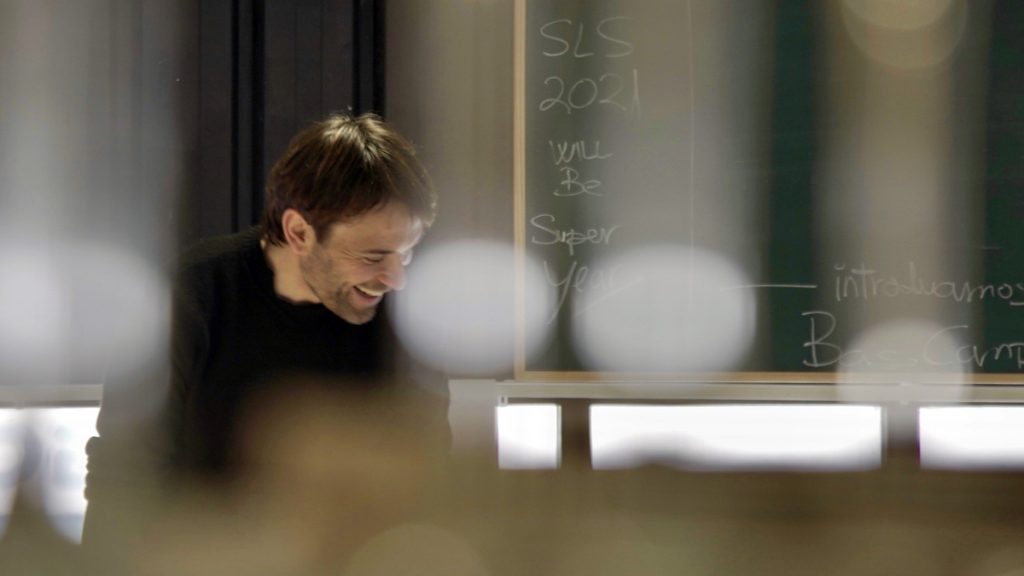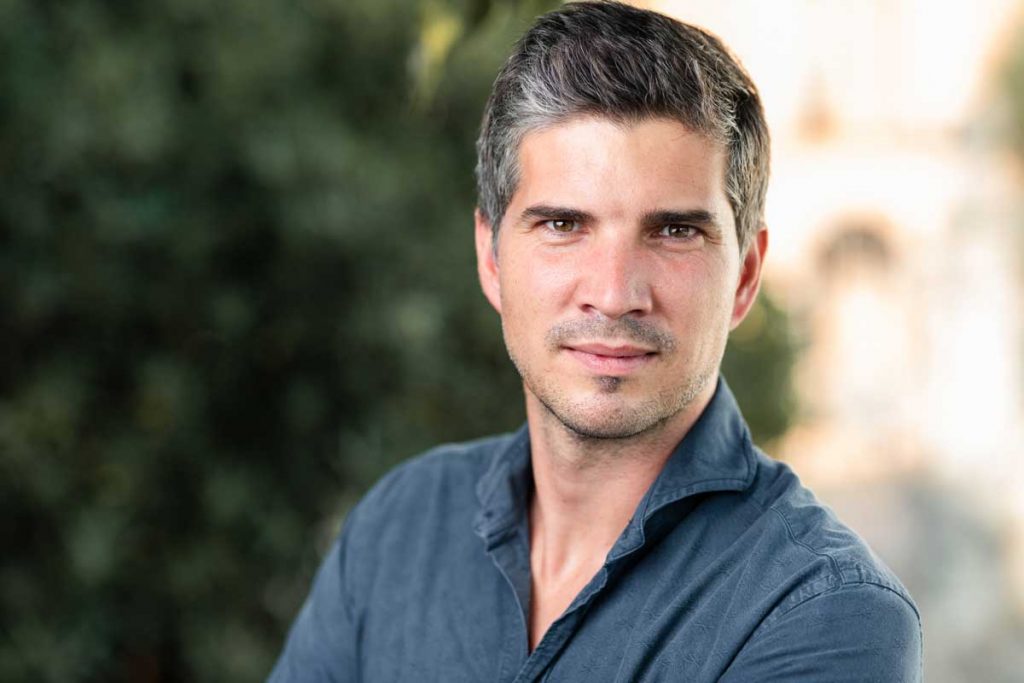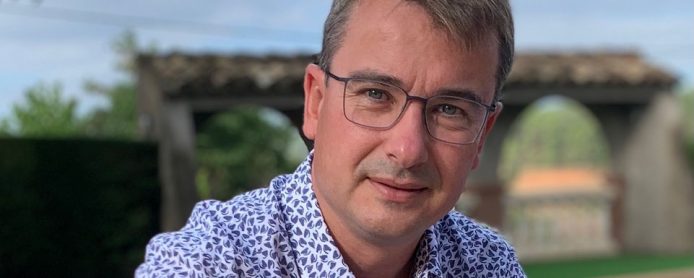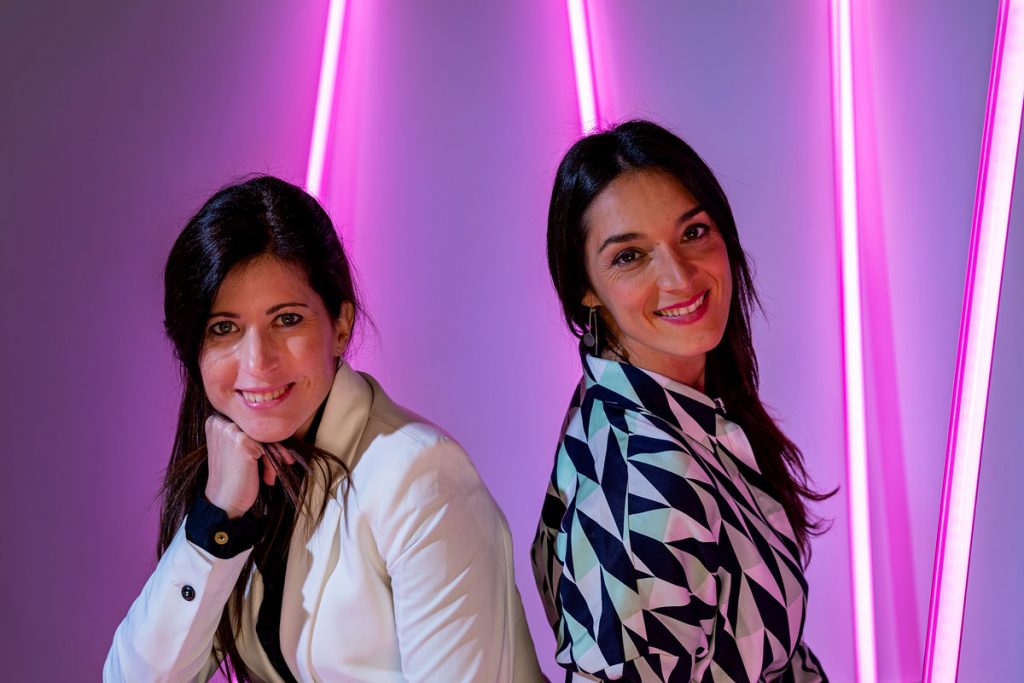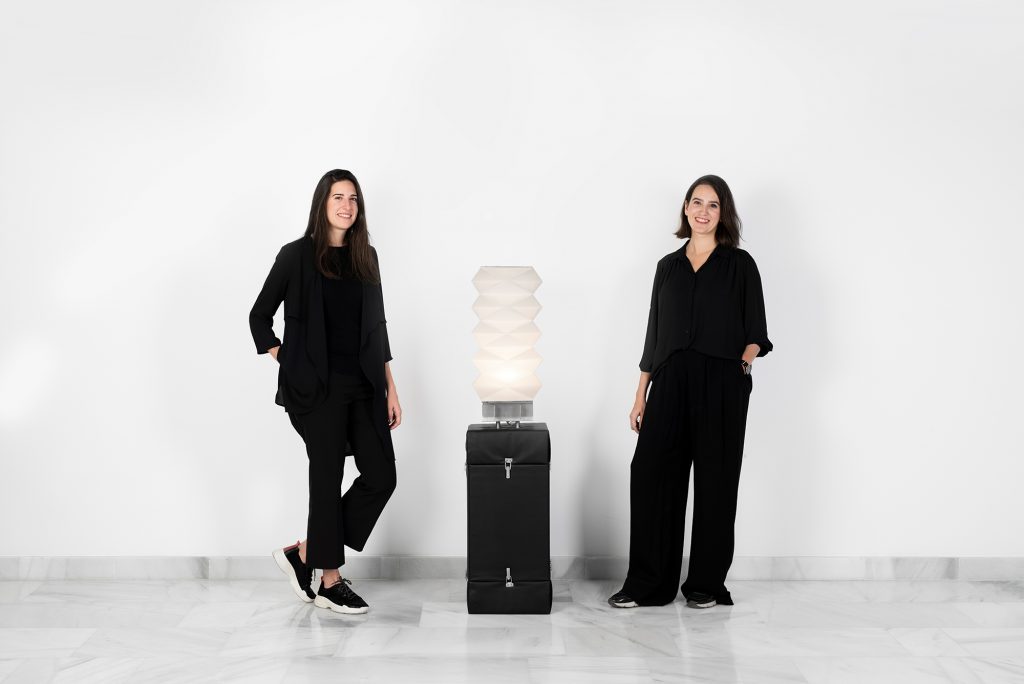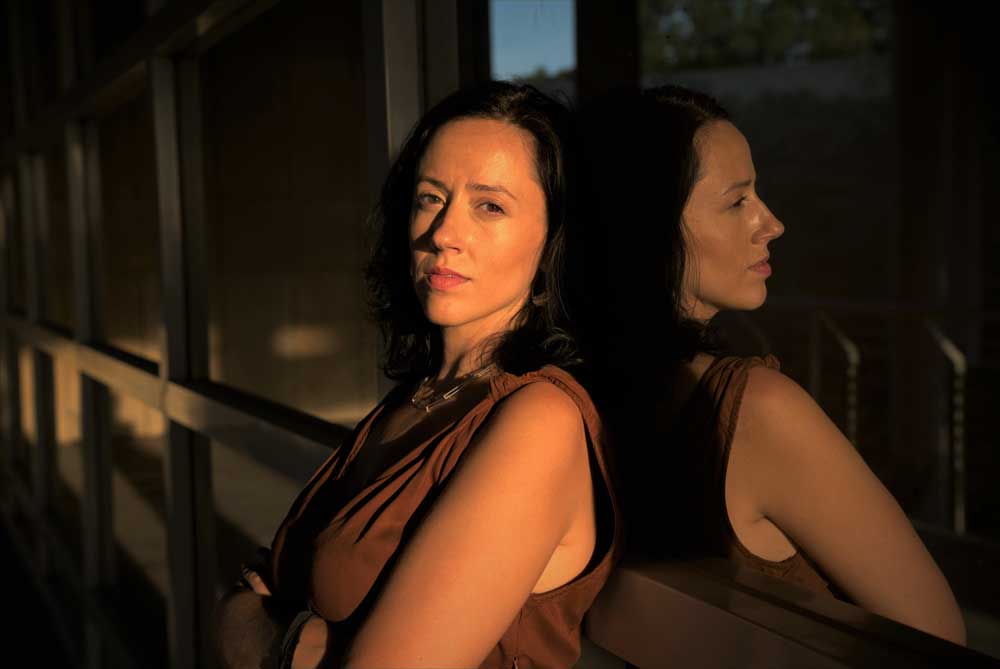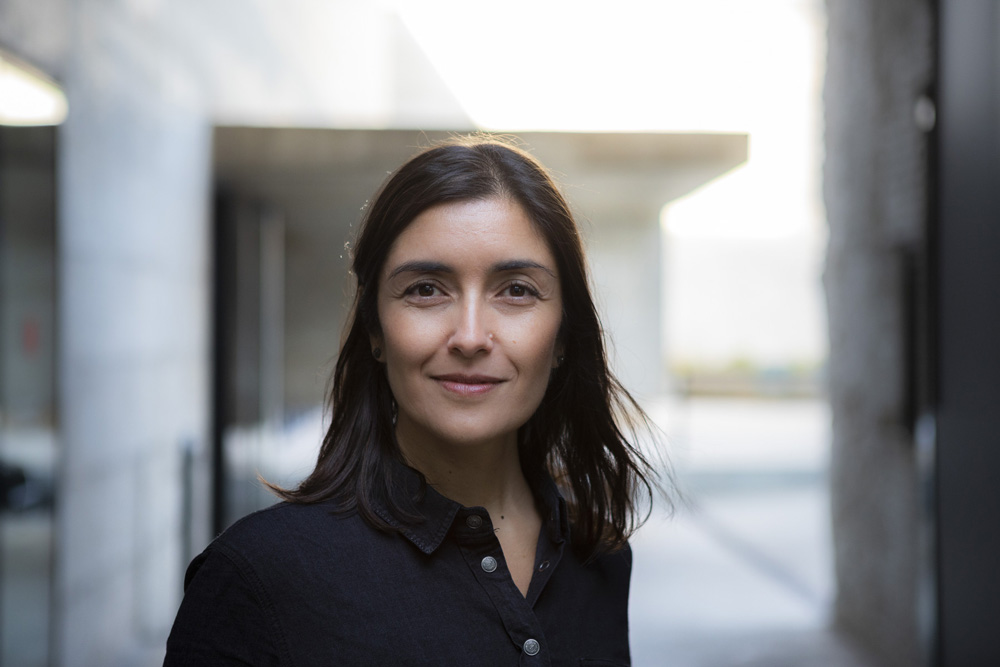
Convinced that light is a silent partner with the ability to lead us into different moods, Mariel Fuentes has plunged into a personal exploration that has led her to unveil this material’s capacity to communicate and generate narratives of great visual impact. Her goal is to get perception and technology to work together, to benefit the end user.
You define yourself as an architect by trade and a lighting designer by choice. What is it about lighting that led you to choose this path for your professional career?
What I loved about light from the very first moment, even without knowing how important it would end up being for me professionally, was seeing that it was a language, a form of communication, a wonderful tool to generate and provide new perspectives for architecture, in both interiors and exteriors. Light can transform an architectural space or a landscape and it accompanies us in the story of the project, even when we’re talking about light art or art installations. And one thing that continues to fill me with wonder today is seeing that everyone, whether they’re professionals or not, has a special and very acute sensitivity to light.
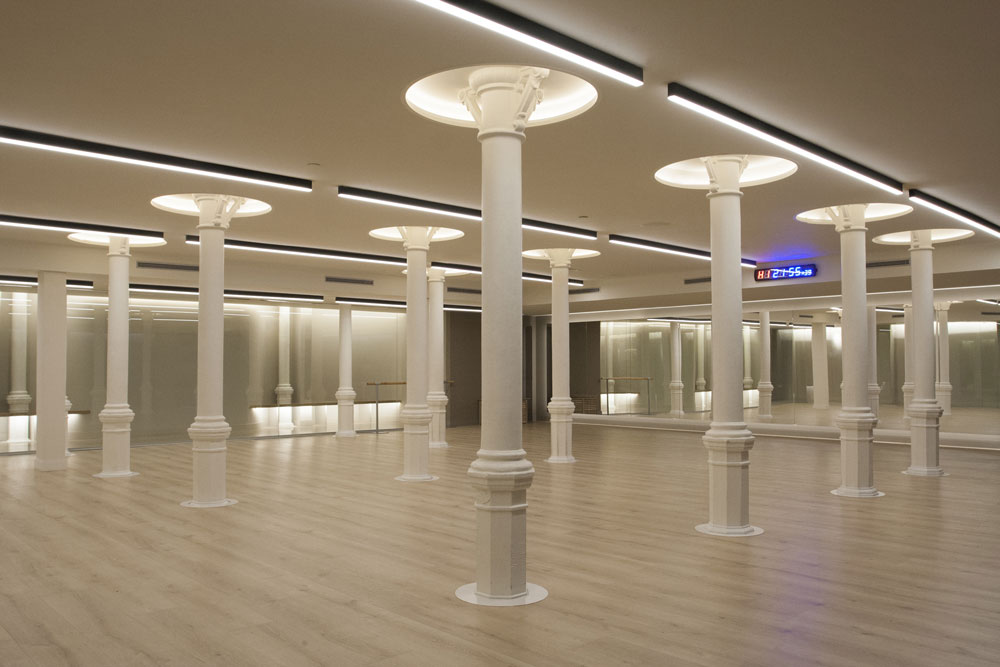
How did a Chilean end up laying down roots in a faraway country such as Spain? Was it for personal or professional reasons?
Actually, it was a combination of the two. A friend from Chile recommended a master’s degree programme in lighting applied to interior design, which was offered at the University of Salamanca. It all began as an experience and I didn’t know where it was going to take me, but once I was in Spain and had finished my studies, I decided to move to Barcelona to seek opportunity in the field. That was how I started working at artec3 Studio, back in 2006.
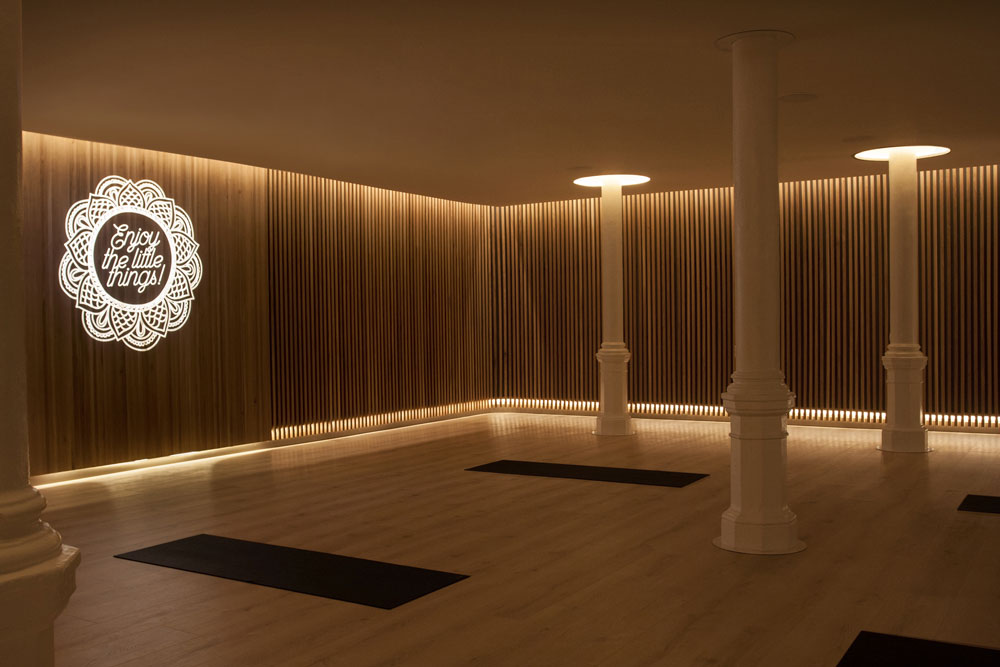
Ten years later, in 2016, you decided to set up your own studio, LDLuz. What sorts of projects do you take on?
Life is a constant learning process, and our professional lives are, too. In all the years that I’ve been working with architectural lighting, I have had great opportunities that have enabled me to continue to learn and that have given me immense experience in different types of projects. At the moment, at LDLuz we’re developing projects of all types: homes; restaurants and hotels—a field that especially interests me, given the very fascinating narrative that you can develop—; offices and multi-purpose spaces; and even façades. And another area that also really interests me, where I have worked with designer Michela Mezzavilla, are light installation projects.
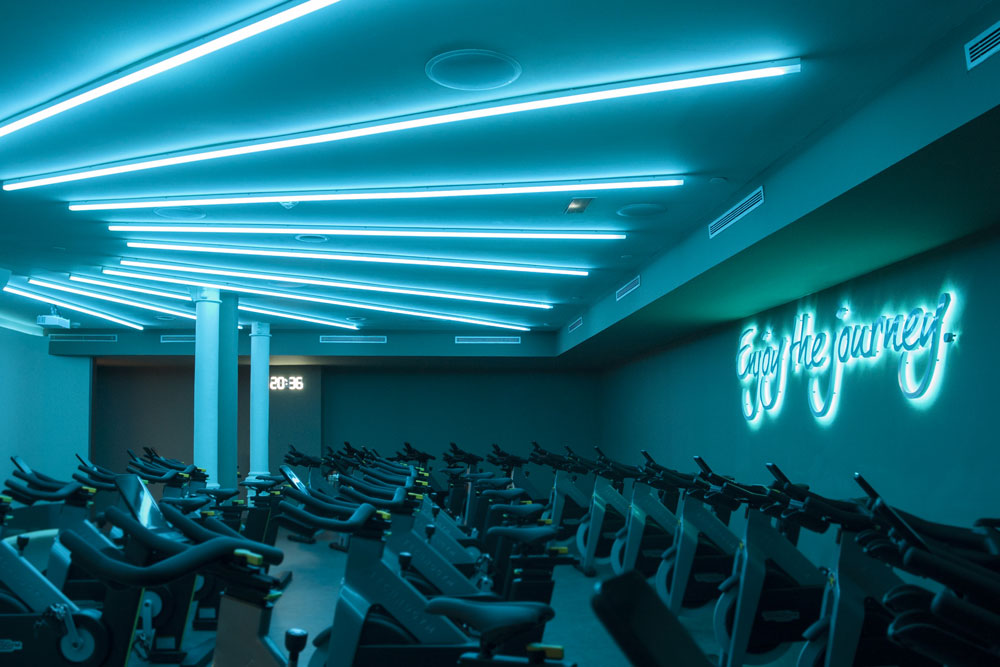
In these times of COVID-19 and because of the period of confinement, many people have realised how important it is to have a home where they feel comfortable. Have you noticed a greater demand for home design and redesign projects?
Generally speaking, yes. Because I work with lighting design, lots of friends and people who are close to me have asked me for advice on how to improve their homes, their workspaces or their broadcasting rooms. And I’ve also received questions about the lighting for yoga rooms. People have realised that when you spend a lot of time in a place with the wrong lighting, it’s not only uncomfortable, but in the long run it leads to health problems.
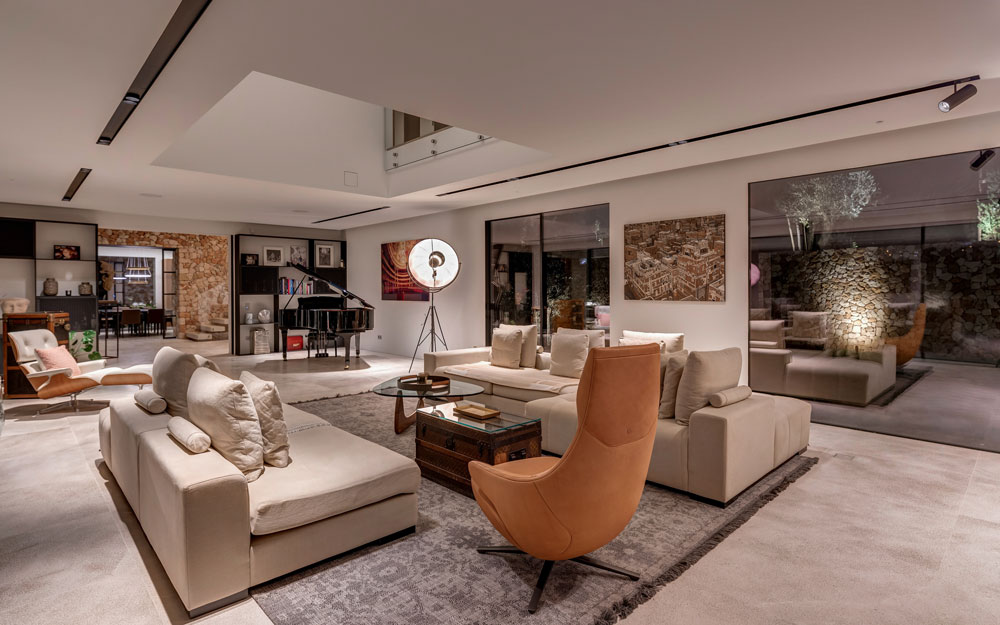
As an architect and lighting designer, how important do you believe integrated lighting is in architecture? Do you recommend it in residential projects?
For me, there are two basic layers in the development of a lighting project: the one that allows you to read the space and the one that gives you the environmental and functional support to do different tasks. They work together, hand in hand. Yet in the first layer, the one that allows you to read the spaces and even underscore certain materials or generate a lighting composition, integrated lines of light become extremely important, both if the line is visible—if it’s built into a wall, floor, ceiling or piece of furniture—, and if it’s integrated invisibly, as would be the case of the recesses of indirect lighting. I have worked with some interior designers who at first didn’t acknowledge the importance of this and tended to avoid this lighting effect. But when I showed them how effective it was in generating a certain degree of dramatics or theatrics in the composition of the scenery, and even when creating a certain intimacy in lighting, they were the ones who asked me to incorporate indirect lighting lines into their projects, to highlight spaces and materials.
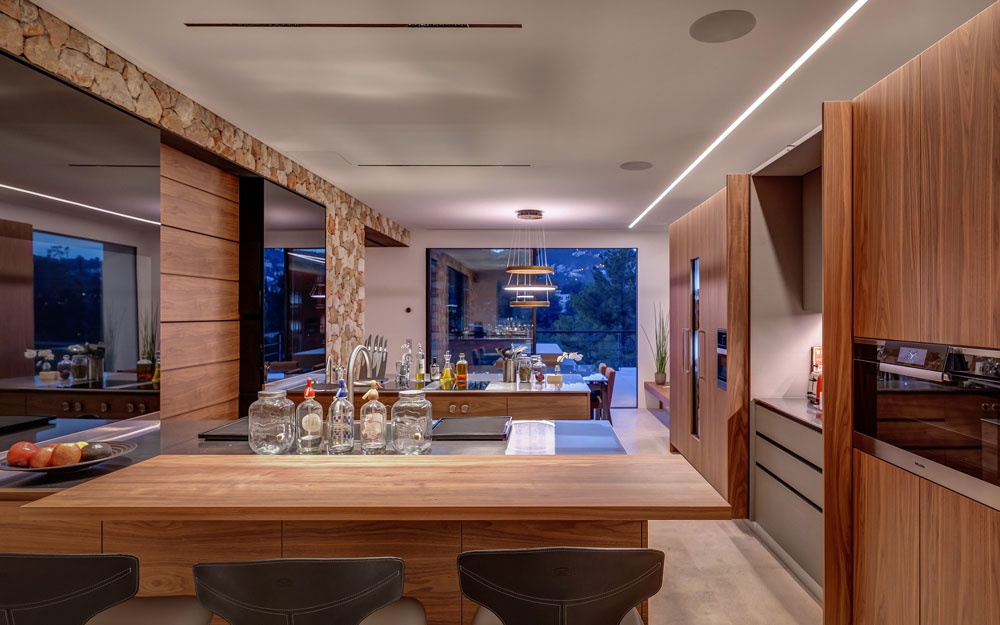
Do you use products by Lluria?
I have on many occasions. Right now, we’re finishing a project where we’ve used a specific technical solution by Lluria that has worked amazingly well. This residential project specified a reflecting pool with a special ozone treatment to prevent fungus and odours. We had found salt, chlorine, and other treatments of different kinds, but we’d never seen ozone. After checking with the technical departments of different manufacturers, we found the option of Wolf illumination by Lluria, which was the only one that gave me a 100% guarantee the submersion in this compound.
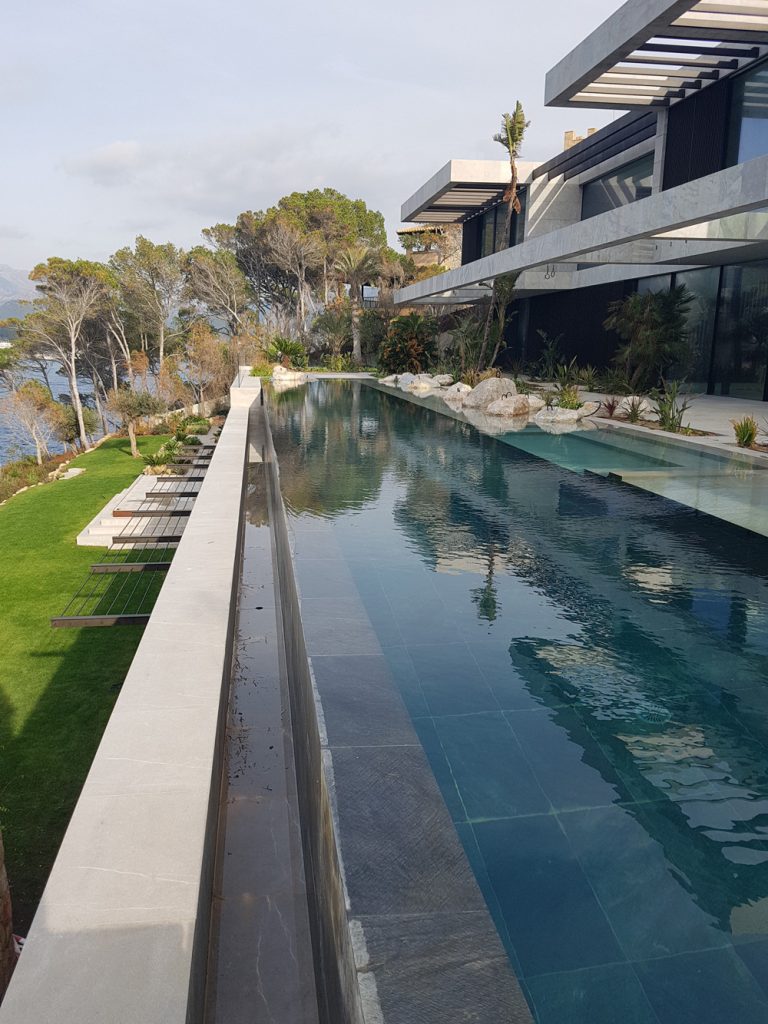
You combine your work at LDLuz with teaching. What motivates you to devote so much time to teaching? Is it vocation, economic reward…?
I’d say it’s more of a vocational thing that responds to the notion that good things should be shared. I love helping to initiate the students in the world of lighting and sharing with them the knowledge and experiences that I’ve acquired professionally. And I must say that you also learn when you teach. My students are as devoted to me as I am to them, and they enable me to keep an open mind to take in new input.
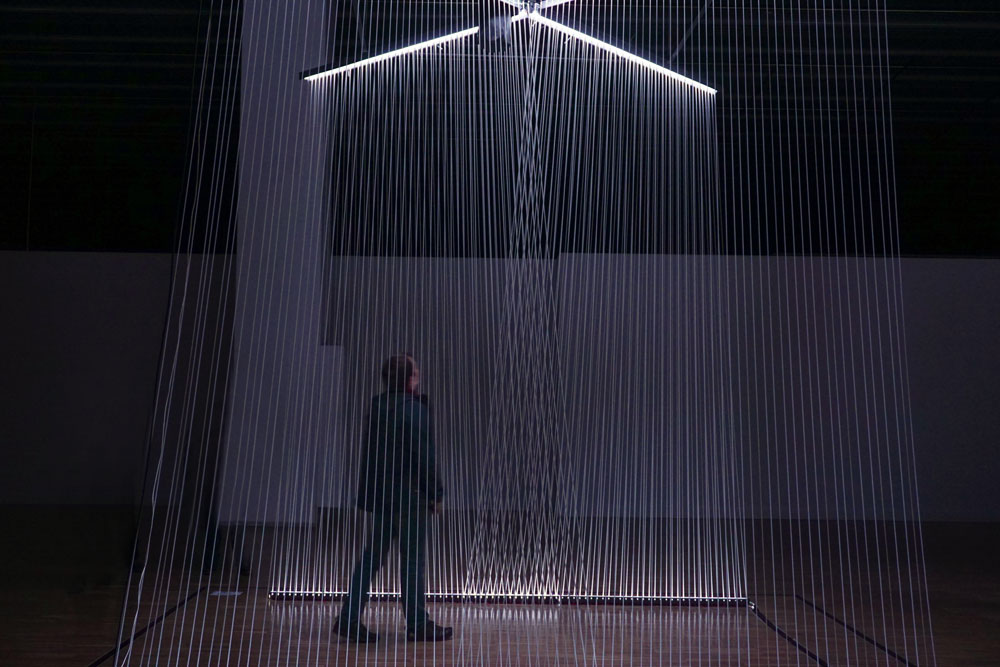
You’re also very active in professional associations. You form part of the APDI and the IALD. Why do you do this work?
I believe in the value of our profession, and I believe that together we can make our professional field better, bring it higher social acclaim. Dedicating yourself to something as magical as lighting design goes beyond borders. So, when we work together, we can really contribute a great deal to this discipline. Also, because I’m a very social person, I really enjoy the interaction and exchange of experiences that takes place when you form part of a professional association. I am very grateful to be able to share and expand my passion for light through these two associations.
